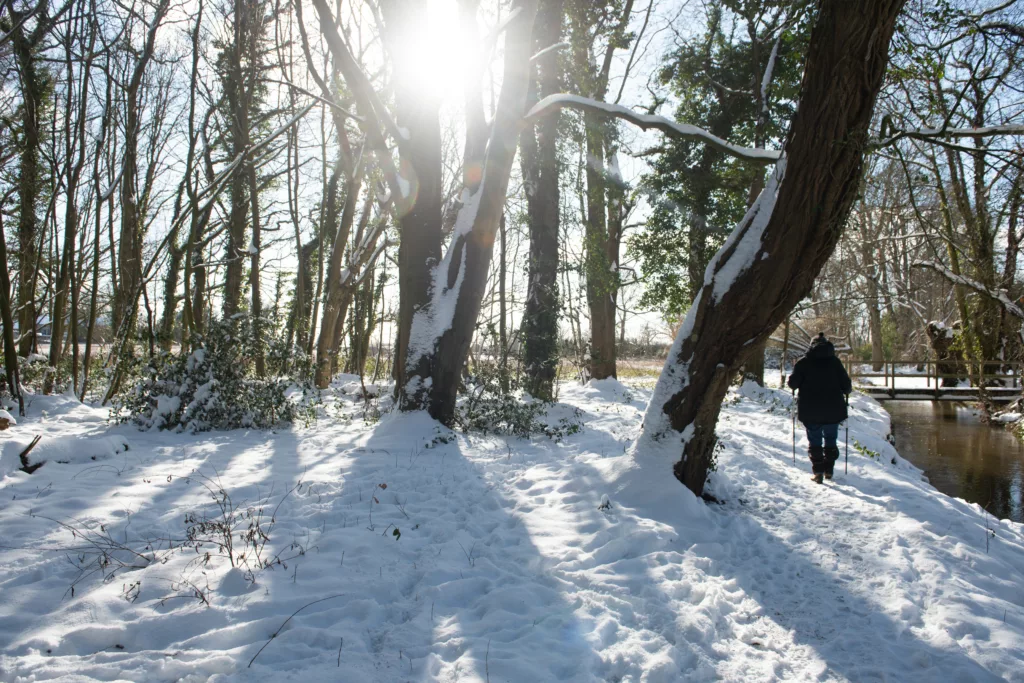The sound of leather on white willow or to be specific cricket bat willow has resounded from many a village green for centuries. In Aldborough you can sit outside the Black Boys Inn or the Red Lion and watch this seasonal custom. The historic origins of the name Aldborough is interesting meant “an old or disused stronghold” in Old English. The Domesday Book refers to “Aldeburg” and the name used to be spelt Alborough until a former rector decided is needed a “d” inserted and the local Post Office adopted it. The focal point in the village remains the village green, an annual traditional fun fair on Midsummers Day since the reign of King John. Aldborough Mill is on a site that has been used since Doomsday, although every few hundred years the mill would be replaced with an assumingly updated newer version. The mill had a long association with the Cooke family, today the mill is a residential home. The area has some impressive and now much more scarce water meadows, which during the summer months buzz with the sound of insects. The tributary Scarrow Beck is associated with medieval moated sites and fishponds.
Three medieval churches will break the horizon on your journey along the Holt to North Walsham road – St Mary’s towerless church with memorial to local lads lost in the Great War. All Saints’ Thwaite simple round towered church, a good example of Norfolk’s unique collection of these unusual, knapped flint structures. Finally, St Ethelbert’s, Alby with its more normal square tower, but still worth a visit.
